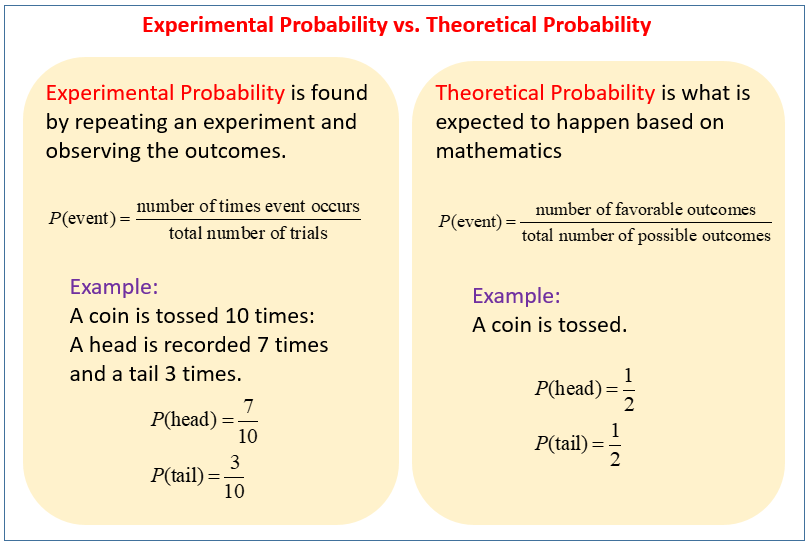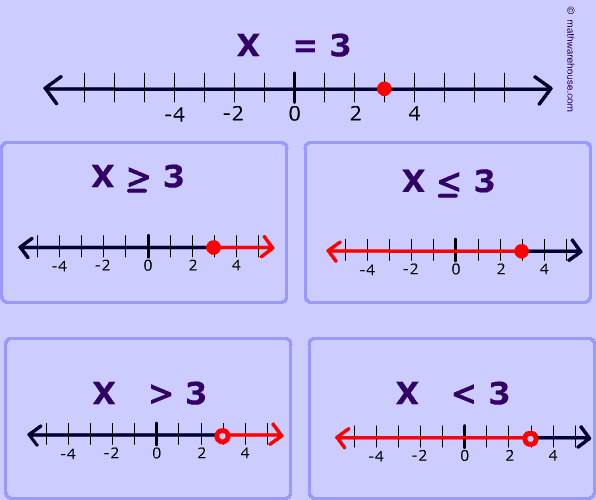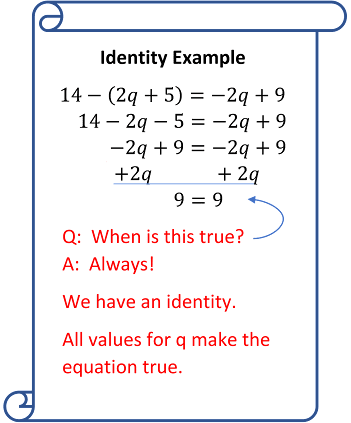Today We Discussed:
Relations, functions, domain and range and evaluating functions are still the topic of the day. We worked on evaluating functions using tables, and sketching the graph. We worked more with evaluating functions for various domain (x) values that involve both numbers and variables. We also used function notation to translate values into coordinate points and further practiced determining the domain and range of functions and relations from a set of points and from graphs.Graphic credit: https://www.mathbootcamps.com/function-notation-and-evaluating-functions/
Sections Covered in Textbook:
No new sections were covered in the book today.
Resources & Tutorials:
1) Evaluating a function from a graph. (video)2) Evaluate a function from a graph. (online practice)
































